It doesn’t take much digging to learn that penguins are fascinating creatures! For instance, the fact that penguins can only fly underwater makes them an evolutionary marvel. Penguins’ bones evolved, transforming from the hollow bones that allow most birds to fly in the air, to solid bones, specifically for underwater flight.
And there is no denying that penguins have captured international attention with overwhelming winter holiday associations and films like Happy Feet taking place in Antarctica and feature the regal Emperor penguin. But what of the numerous other penguin species (seventeen in addition to the Emperor) and their colonies, called waddles (yes waddles!), outside of Antarctica? It turns out, of the seven penguin species found in South America, the following three species are unique to the diverse and exciting South American continent.
The Humboldt Penguin of Peru and Chile
Named after one of the most intriguing ocean currents, the Humboldt, these penguins exclusively reside on Peru and Chile’s rocky Pacific coastlines. The Humboldt penguin is unique in its bullet-shaped body that evolved to swim at speeds up to 30 mph and dive to depths of about 400 feet, searching for food! A good place to spy this speedy avian devil is the Ballestas Islands in Paracas, Peru.
The Galapagos Penguin of Ecuador
Another penguin whose home can be determined by its name, the Galapagos penguin, is also the world’s smallest penguin. Being the only penguin that lives on the Equator, the Galapagos penguin belongs to the impressive group of endemic Galapagos Islands’ species.
If you plan a trip to the Galapagos and are eager to catch a glimpse of their tiny tuxedos, then your best bet is a cruise that includes Isabela or Fernandina Islands. It is also possible to spy the Galapagos penguin on Floreana, Santiago, or Bartolome Islands, however less likely.
The Magellanic Penguin of Patagonia and the Falkland Islands
Moving ever closer to Antarctica’s shores, you will find the Magellanic penguin, residing in Argentine and Chilean Patagonia and the Falkland Islands. What’s fascinating about this particular penguin is the origin of its name; the Spanish chronicler and explorer Ferdinand Magellan was the first to discover them.
Like all penguins, the Magellanic mate for life, and the males of this particular penguin species produce an alarming braying sound, somewhat like a donkey, when searching for its life partner. If you are interested in witnessing this curious mating ritual, it would be best to travel to Patagonia in September. However, another popular time to visit is December-January, when you can spy their fuzzy chicks just learning how to socialize and move around.
If you take a waddle of your own down to South America, and you are a bird-watcher/general lover of penguins, make sure to add some time on the Peruvian or Chilean coast, the Galapagos, or Patagonia!

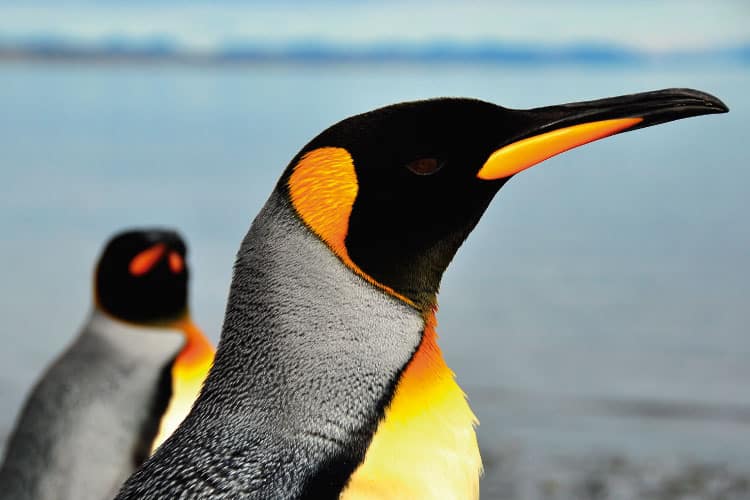
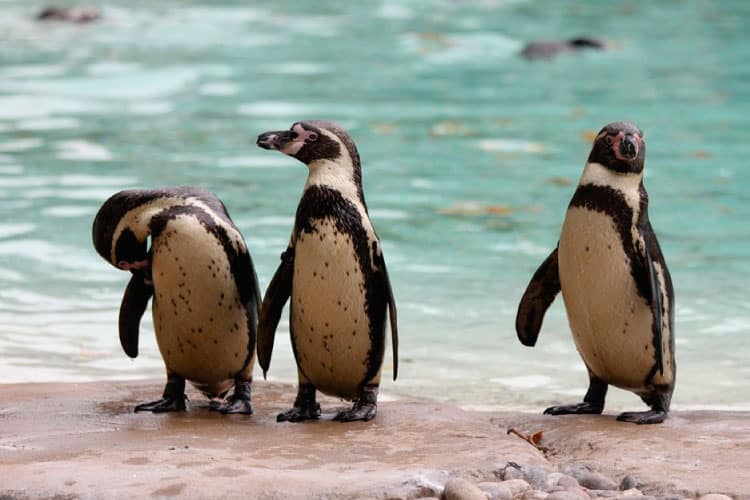
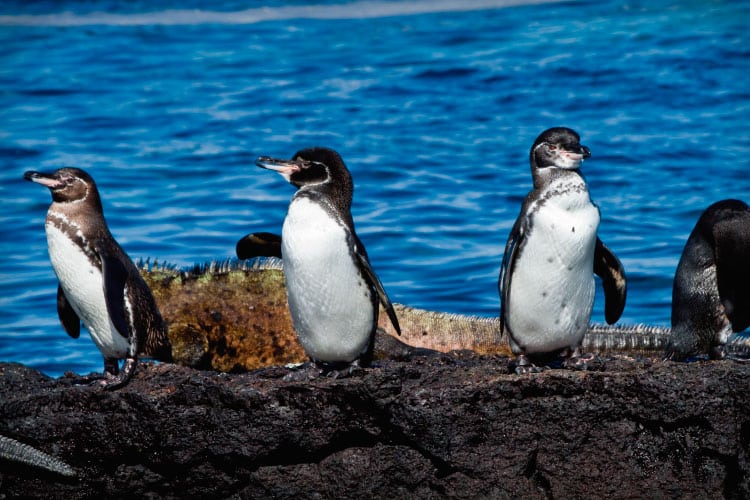
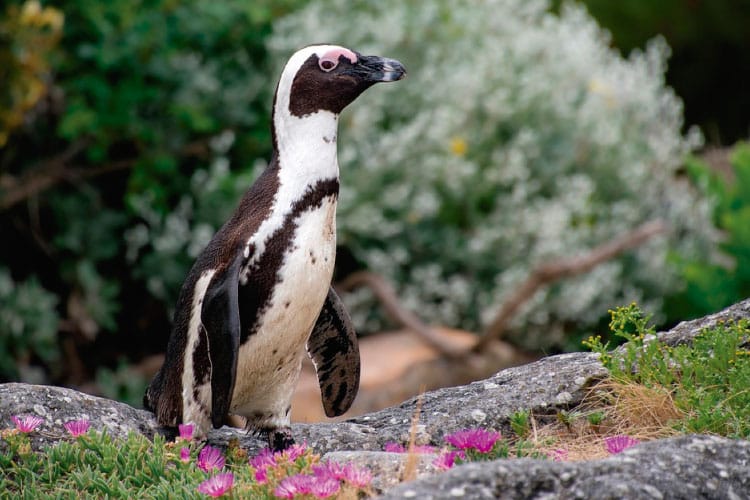


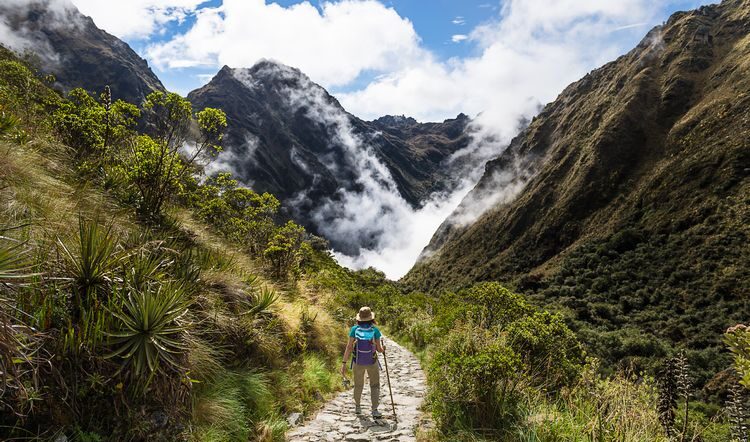
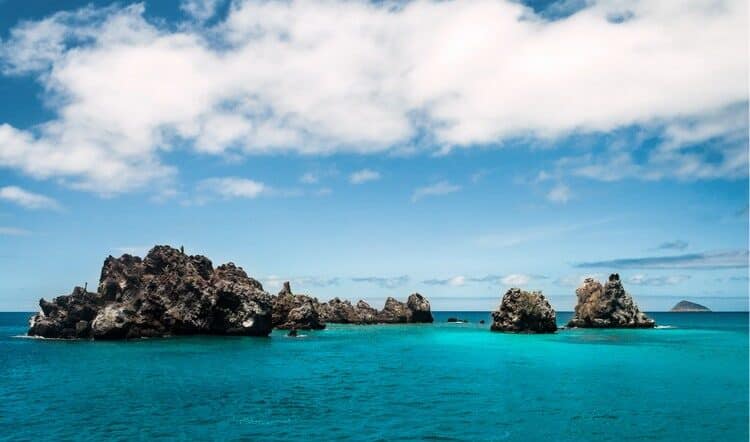
Leave a Comment